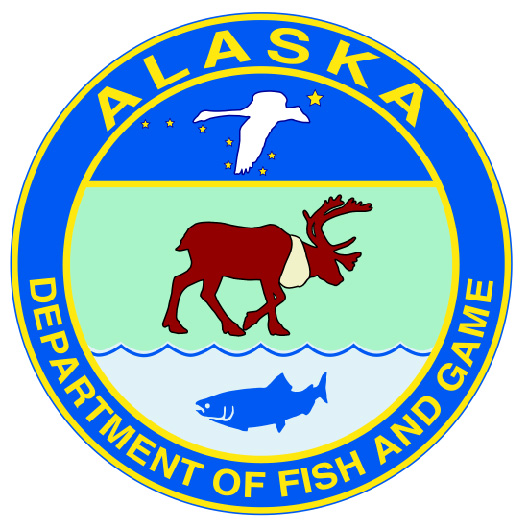Pike Eradication
Alaska pike are one of the Great Land’s native fish species. However, over the last few decades Alaska pike have been unintentionally and intentionally transplanted into watersheds in which they are not native. I’m some instances, such as the Alexander Creek drainage (a tributary of the Susitna River), their introduction has been catastrophic; disastrous; changing a once world-renowned king salmon fishery into a waterway that doesn’t have enough king salmon to even allow a season.
The Alaska Department of Fish and Game (ADF&G) has been aware of the Alaska pike problem for years, and have developed an eradication program to address instances of invasive Alaska pike. It’s not as simple as dumping rotenone in the body of water, though. This video is to educate people about ADF&G’s pike eradication efforts that took place between 2008 and 2018.
Before a water body containing non-native, Alaska pike can be treated, pike are tagged to learn about their movement patterns. Invertebrate specimens are collected prior to rotenone treatment, and biological data is collected on the pike that are present. ADF&G attempts to capture native fish prior to treatment and puts them in holding pens in another location until the rotenone used to treat the body of water dissipates. Sometimes barriers have to be constructed prior to treatment to keep the pike where they are and to prevent native species from moving into the area to be treated. Rotenone can be applied from boats, aircraft, and even portable backpack sprayers.
As you can see, the intentional or unintentional spread of invasive species such as Alaska pike can have huge unintended consequences. Eradication efforts are time consuming, expensive and not always successful. It is critically important that we report any invasive species we see or suspect to ADF&Gs Invasive Species Hotline: 1-877-INVASIV (1-877-468-2748). It is helpful to take pictures of any suspected invasive species, if possible.
It should go without saying that illegally spreading invasive species is against the law, punishable by up to $10,000 fine plus jail time. Fish Alaska supports the most rigorous prosecution possible for anyone responsible for illegally spreading invasive species.

